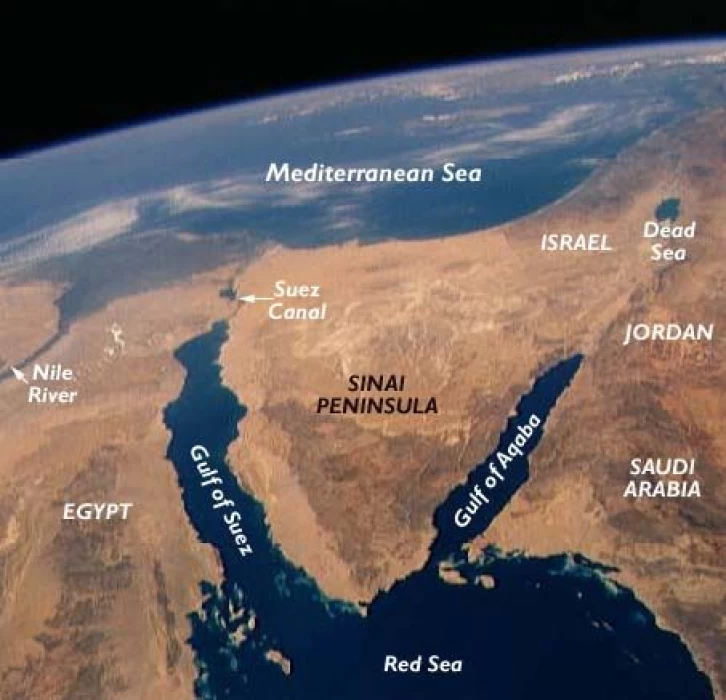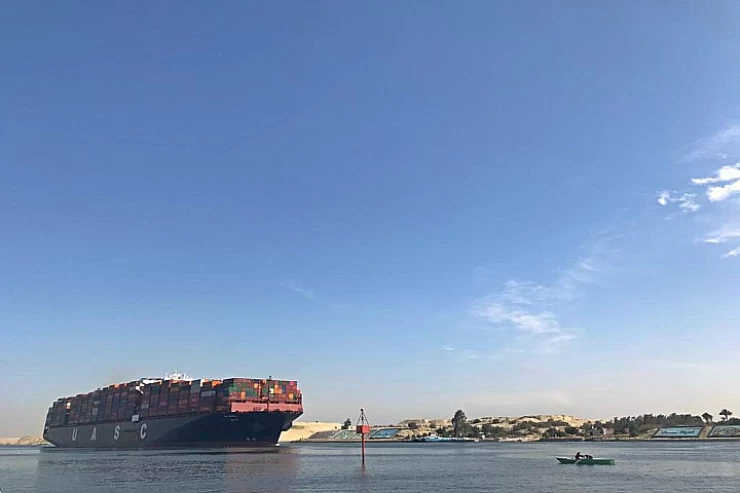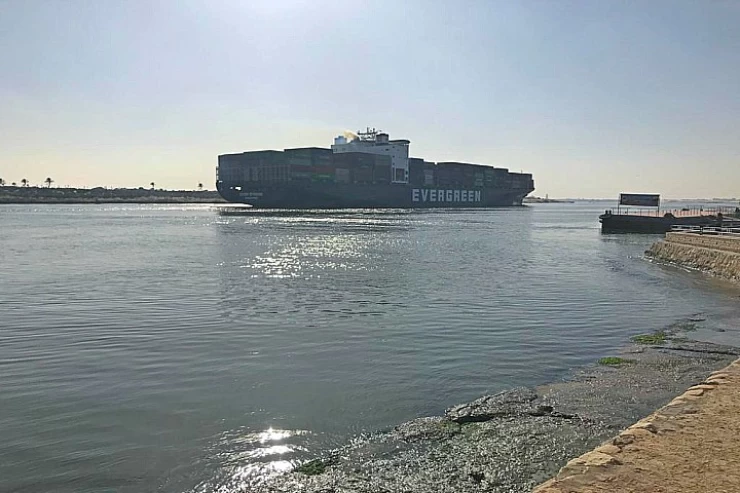
About Suez Gulf, Egypt
Facts about Suez Gulf, Egypt
The Gulf of Suez is a bay on the northern tip of the Red Sea, west of the Sinai Peninsula. The smaller bay to the east of the Sinai Peninsula is the Gulf of Aqaba. The gulf was created within the relatively small but long-inactive Gulf of Suez Fault Basin, approximately 26 million years old.
The Gulf of Suez extends 300 kilometres north-northwestwards, ending at the Egyptian city of Suez and the entrance to the Suez Canal. Along the centre line of the Gulf is the border between Africa and Asia. The entrance to the Gulf is located above the Jamsha oil and gas field. Since the Suez Canal is located at the top of the Red Sea Gulf of Suez is considered one of the most significant bodies of water in the world.
The Gulf forms part of the northwestern arm of the Red Sea located between the continent of Africa and the Sinai Peninsula. This is the third in a series of rift arms in a triple-junction rift system, while the second arm is the Gulf of Aqaba. The length of the Gulf, from its mouth at the Jebel Strait to its head at Suez, is 314 kilometres, and its width ranges from 19-32 kilometres.
The Gulf of Suez is a source of fisheries resources in Egypt, where various types of fish are extracted: ‘shrimp, hart, bourbon, squid.’ The state is making great efforts to improve the conditions of fishermen, facilitate the issuance of licences and control fishing equipment in order to maintain the sustainability of fish wealth.
















